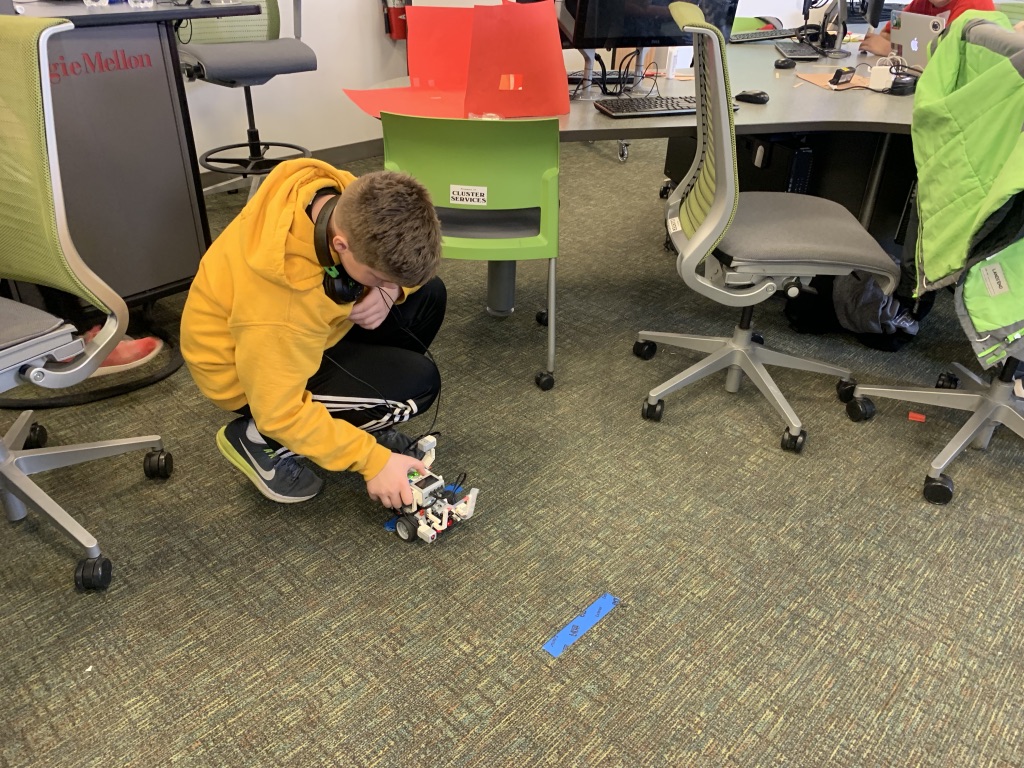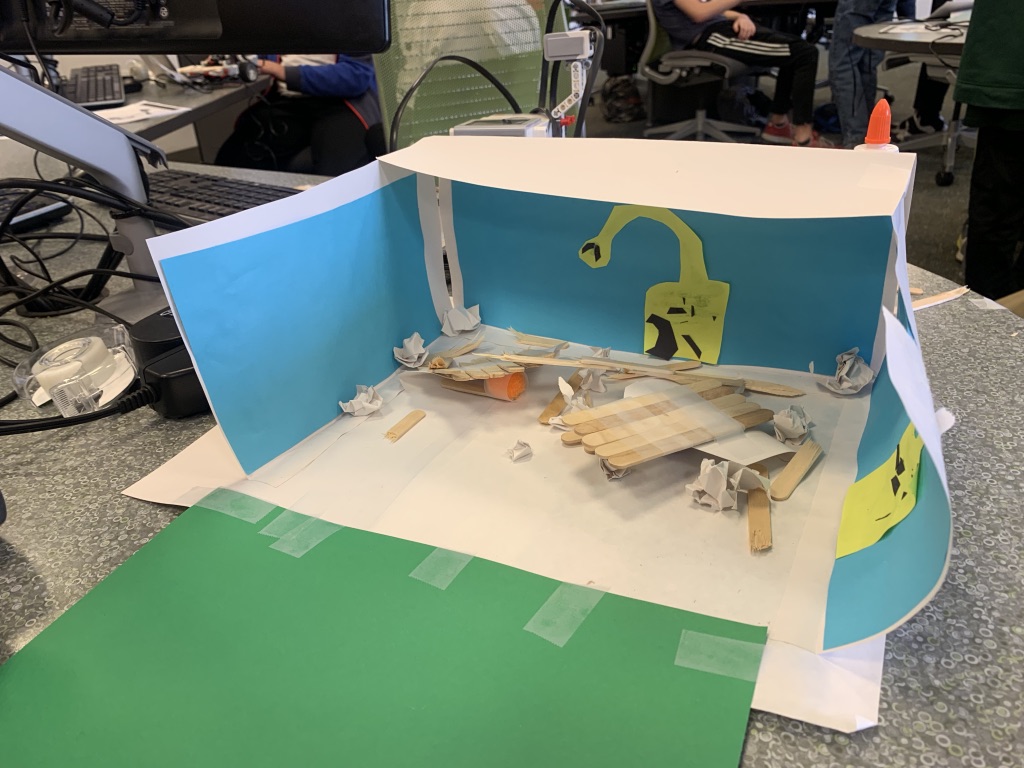CMU's Merit Badge University gives scouts a chance to earn Merit Badges
Every year, CMU’s chapter of Alpha Phi Kappa, the single most represented co-educational intercollegiate service organization in the US, hosts an event called Merit Badge University at Carnegie Mellon University’s campus. During this event, over 50+ scouts are invited to take half-day or day-long classes that offer the coveted merit badges upon completion.
For 2019’s Merit Badge University event, volunteers from various organizations volunteered to run classes such as Architecture, Citizenship in the World, Communications, Engineering, Plumbing, and Robotics.
Carnegie Mellon Robotics Academy (CMRA) hosted the Robotics class and had 15 scouts come to gain their Robotics Merit Badge. To obtain the Robotics Merit Badge, scouts must complete a set of requirements such as researching first aid techniques involved with the use of robotics, careers in robotics, types of robots in the world, and demonstrating the design of a robot.
During the session, Vu Nguyen, Software Engineer at Carnegie Mellon University and Co-Director of CMRA, had the scouts answer the following question, “If you could create a robot to solve a problem in the world, what would it be and what would it do?”. Scouts then had to come up with an idea for a real-world scenario, and create the scenario using craft materials like color paper, popsicle sticks, and color pencils.
Scouts came up with creative scenarios like nanobots to inject medicine, a disaster robot to remove debris, and mining robots to explore and map underground mines.
The next challenge was learning how to program their robot to act out the scenario. Scouts were challenged to program LEGO MINDSTORMS EV3 robots to learn about basic movement, making precise movements using robot math, and different ways to turn. Sensors were also used in order to have the robots react to the environment. Touch sensors were used to create a vacuum-robot behavior, and Ultrasonic sensors were used to avoid hitting the wall altogether.
This was just one session out of two in order to complete the Robotics Merit Badge. The next session will be the finale which will involve a presentation of their scenarios, and discussions about their research findings on careers, robotics competitions, and robots in the world.
If you want to learn more about CMRA BSA or Boy Scouts Robotics Merit Badge training, email cmra@nrec.ri.cmu.edu.

